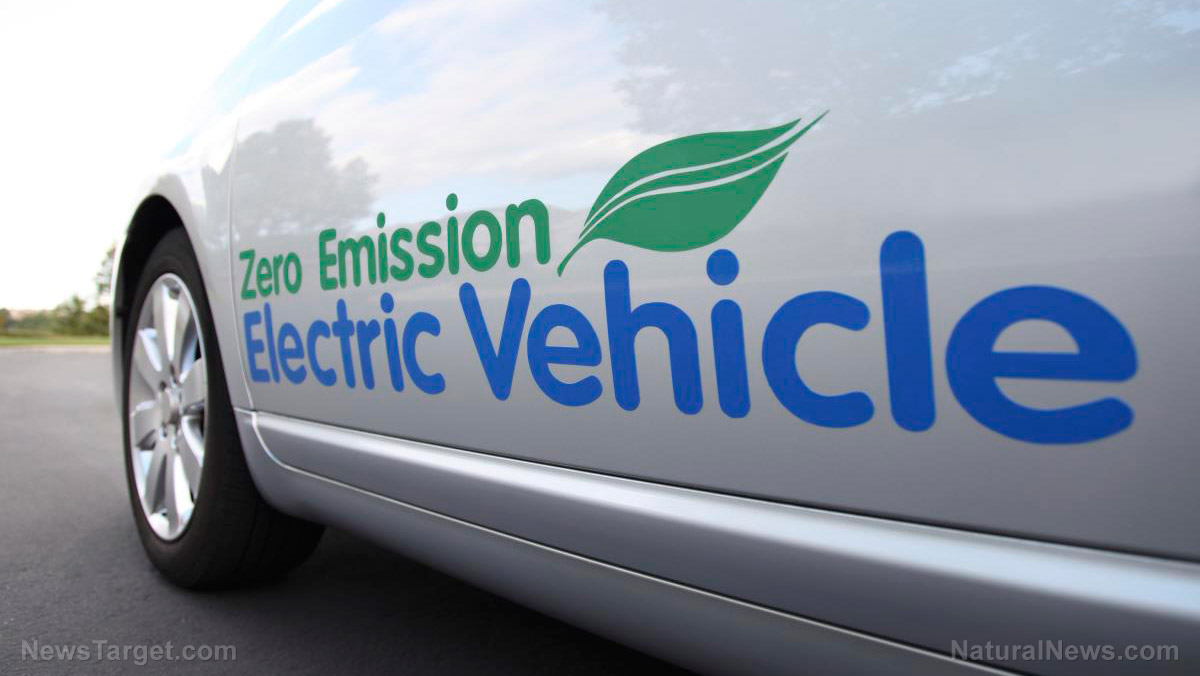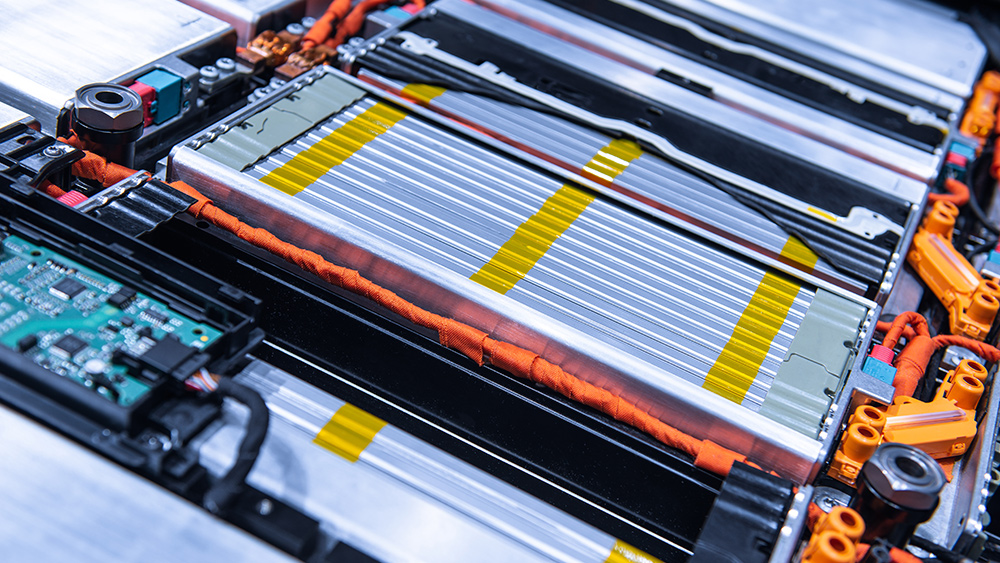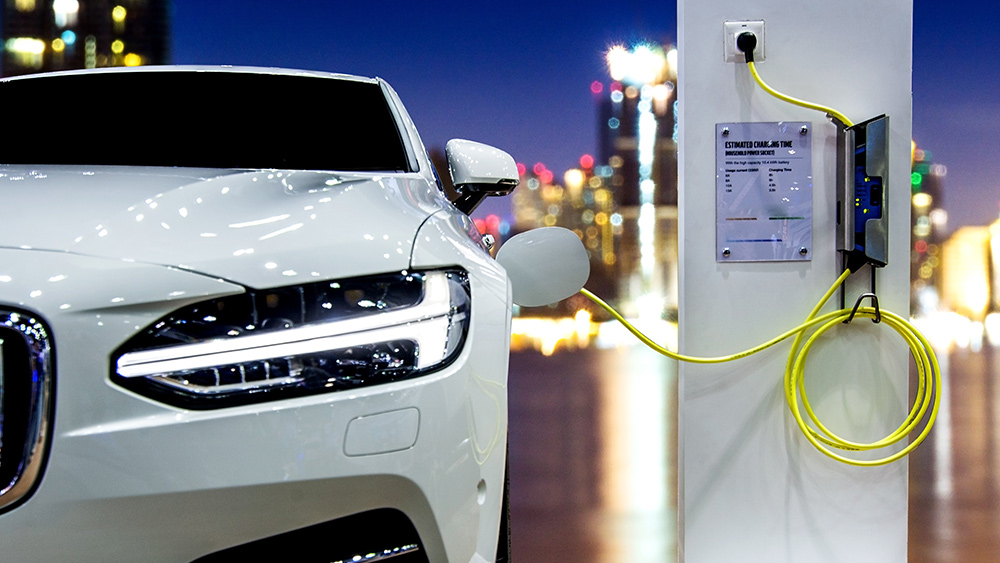
Could these new batteries be the answer to our plastic problem?
Turning plastic waste into "better" batteries
Lithium-sulfur ion batteries are set to replace lithium ion batteries in the near future; they're cheaper to make and are more energy dense. But there's one caveat: they only last for about 100 uses. This ultimately means even more waste, but the researchers at Purdue have found a way to expand the life cycle of lithium-sulfur ion batteries with recycled plastic. But is that enough to make it worth the effort?
The team of engineers recently published their work in ACS Applied Materials and Interfaces. Their process involves putting plastic soaked in sulfur into a microwave, which then "transforms the material into the ideal substance for increasing the lifespan of the forthcoming batteries to more than 200 charging-discharging cycles."
The plastic is turned into "carbon scaffolding," which ultimately increases battery life by preventing what's called the "polysulfide shuttling effect." The shuttling effect is what limits the lifespan of lithium-sulfur ion batteries.
A lithium-sulfur battery has two sides: the lithium and the sulfur. Lithium ions move to the sulfur when in contact with a charge, making lithium sulfide. "The byproduct of this reaction, polysulfide, tend to cross back over to the lithium side and prevent the migration of lithium ions to sulfur. This decreases the charge capacity of a battery as well as lifespan," sources explain.
The team posited that plastic trash could be transformed into a carbon barrier to prevent this from happening -- and it worked. Patrick Kim, a Purdue postdoc research associate in chemical engineering, commented, "The easiest way to block polysulfide is to place a physical barrier between lithium and sulfur."
He added, "The plastic-derived carbon from this process includes a sulfonate group with a negative charge, which is also what polysulfide has." This similar structure is what allows the carbon scaffold to be effective.
But is this new tech worth the trouble?
You might be wondering, does this method of recycling have consequences? And is a battery that still only has 200 uses really an improvement? The lithium ion batteries currently in use are said to last up to 500 charging cycles -- so the performance of lithium-sulfur batteries still seems sub-par. While finding solutions for our growing plastic problem is incredibly important, possibly increasing other types of waste in the process seems a bit short-sighted.
What will happen to all those dead batteries and devices, as cellphones, tablets and other gadgets are designed to last half as long?
There are many questions raised by this so-called advancement. Like so many things, it seems like the "better" replacement may not be so great. Even with Purdue's improvement, a lithium-sulfur battery will only last about half as long as a lithium-ion battery, which means it probably won't be any more environmentally friendly, either.
Earlier in 2018, scientists from RMIT University revealed a better solution: the proton battery. This battery's primary material is carbon, making it cheaper and more environmentally friendly than lithium batteries. According to reports, the proton battery may hold more promise as an eco-conscious energy solution.
Stay up to date with the latest news on all things environment-related at Environ.news.
Sources for this article include:
Please contact us for more information.























